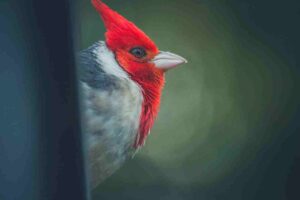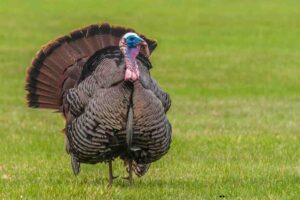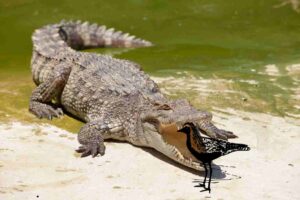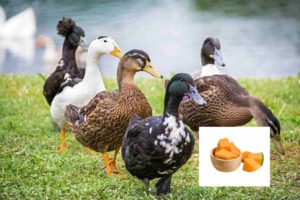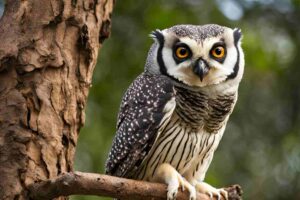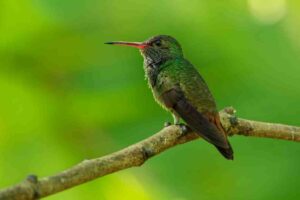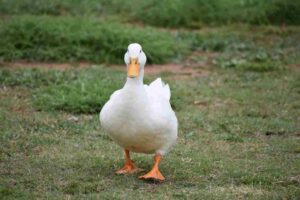When discussing the ugliest birds in the world, it’s essential to recognize the beauty that resides within their unconventional appearances. The Marabou Stork, often hailed as one of the ugliest bird species, features a strikingly disheveled look with its ragged feathers and large, bald head. While most might recoil at this giant scavenger’s appearance, its role in nature is vital—cleaning up carrion in ecosystems across Africa.
The perception of these ugly bird species can also serve as a powerful reminder of biodiversity’s importance. For instance, the Shoebill stork boasts a bill that resembles footwear rather than avian attributes. Although some may dismiss it as merely bizarre or unattractive, observing how these unique adaptations contribute to their survival can alter our views on avian splendor.
10 Ugliest Birds in the World
1. Marabou Stork
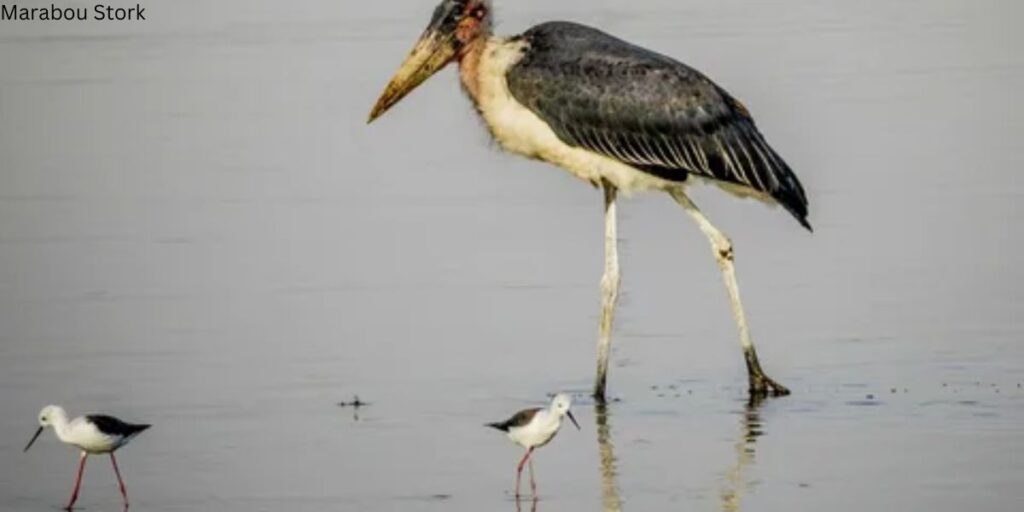
The Marabou Stork, often at the top of lists detailing the ugliest birds in the world, challenges conventional notions of avian beauty. With its large wingspan and a distinctive bald head adorned with a scruffy neck pouch that resembles an oversized scarf, this bird definitely makes a strong statement against typical charm. Its impressive yet grotesque appearance is well-suited to its scavenging lifestyle, allowing it to thrive in urban and rural environments alike while feeding on carrion.
Few could argue it’s among the most strikingly unattractive bird species out there.
Beyond its looks, the Marabou Stork plays a crucial ecological role transforming into nature’s cleanup crew by consuming decaying matter.
Those who gaze upon this ugly bird may miss out on its fascinating behaviors and adaptations that showcase survival over aesthetic appeal.
2. California Condor
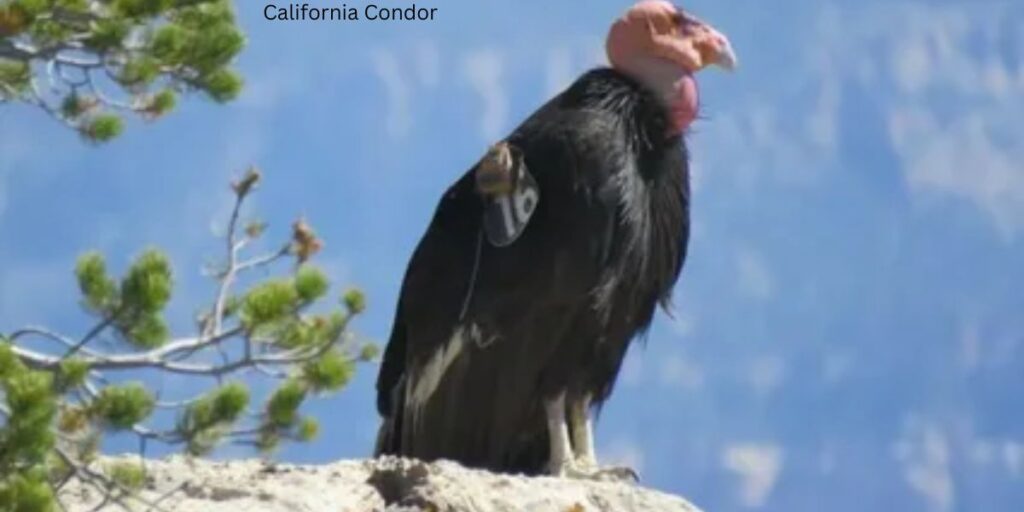
The California Condor stands as a prime example among the ugliest birds in the world, and its appearance can be quite polarizing. With a wingspan that can stretch up to 10 feet, these majestic creatures have a head devoid of feathers which contributes to their reputation as one of the ugliest bird species.
Their bald heads are an adaptation for thermoregulation, allowing them to endure extreme temperatures while scavenging for carrion–their primary diet. This unique characteristic highlights how beauty is not merely skin deep; rather, it often serves essential ecological roles.
When observing the California Condor soaring over rugged landscapes primarily across California and parts of Arizona, you can’t help but appreciate its grandeur despite its label as an ugly bird.
3. Vulture

Among the world’s ugly bird species, vultures stand out not only for their disheveled appearance but also for their crucial ecological role. With bald heads adorned by wrinkled skin, they may seem like nature’s reins of decay, but these ugly birds play an essential part in keeping ecosystems healthy and clean. By scavenging on carcasses, vultures prevent the spread of disease and contribute to nutrient cycling within their habitats.
When considering the ugliest birds globally, the identification of a vulture goes beyond looks; it’s about understanding their impressive adaptations. Their bare skin may appear gruesome to some, yet it serves a purpose—keeping them clean while feeding on carrion. Two vulture species stand out: get more info about Vulture Of Michigan read the all info.
In a world that often vilifies what is perceived as unattractive, vultures remind us that beauty exists within functionality and necessity. Embracing such ugly birds can broaden our perspectives on wildlife appreciation and conservation efforts dedicated to these often-overlooked creatures.
4. Musk Duck

The Musk Duck, often affectionately dubbed the ugliest bird by enthusiasts and ornithologists alike, boasts a lifespan that can reach up to 20 years in captivity. This longevity stands out among waterfowl and offers an intriguing contrast to its rather unconventional appearance.
Identifying the Musk Duck is straightforward for those familiar with Australia’s diverse avifauna. Their dark plumage coupled with unique features sets them apart from other duck species. Found mainly in freshwater lakes and wetlands across southeastern Australia, including Tasmania, these ugly bird species have adapted well to both rural and urban aquatic environments.
Not just confined to a specific habitat range, they thrive wherever there’s water—showcasing resilience that belies their unusual demeanor. The captivating appeal of these creatures lies not only in their unexpected charm but also in how they compel us to appreciate all forms of wildlife beyond conventional aesthetics.
5. Shoebill
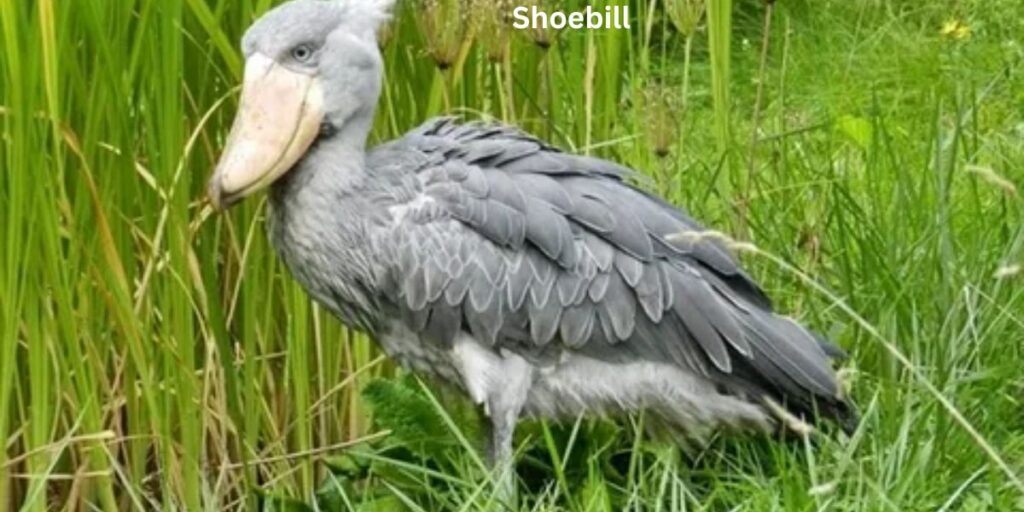
The Shoebill, often dubbed the ugliest bird in the world, certainly doesn’t fit the traditional notion of avian beauty, yet it captivates with its unique charm. This majestic creature boasts an unmistakable silhouette, complete with a massive bill shaped like a shoe hence its name.
Ranging from the swamps and marshes of central tropical Africa to the dark waters of Lake Victoria, this remarkable bird thrives in wetland habitats where it can hunt for fish. With a formidable wingspan that can reach up to eight feet, it’s no wonder many consider it one of nature’s most intriguing ugly bird species.
Despite its seemingly unwelcoming appearance, the Shoebill plays a significant role in its ecosystem and exhibits fascinating behaviors that challenge perceptions about beauty in nature. These ugly birds can live up to 35 years in captivity and typically reach sexual maturity around three to four years old. The mating rituals of these often solitary creatures reveal complex social dynamics; their courtship displays are striking and well-coordinated efforts aimed at attracting mates amidst their marshy domains.
6. Andean Condor
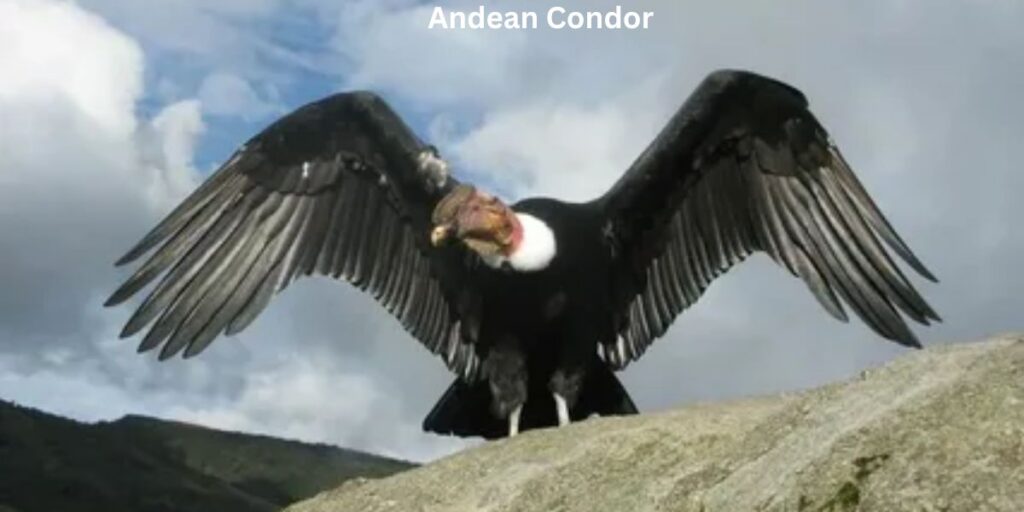
The Andean Condor is often labeled as one of the “ugliest birds” due to its bare head and neck, completely defying conventional beauty. This magnificent creature has a compelling story beyond its appearance; it possesses a lifespan that can exceed 70 years in the wild, making it one of the longest-living bird species on Earth. This longevity allows these majestic scavengers to contribute significantly to their ecosystem over decades, playing an essential role by cleaning up carrion and maintaining ecological balance.
When identifying an Andean Condor in the wild, observers cannot help but admire its impressive wingspan, which stretches up to 10 feet. The stark contrast of black feathers against white neck ruff adds an unexpected charm to what some might consider “ugly birds.”
These captivating characteristics become especially enchanting when seen soaring high above the Andes Mountains or gliding along cliffs a sight that reveals how functional design often transcends aesthetics. By challenging our perceptions of beauty in wildlife, the Andean Condor invites us into a deeper appreciation for all species classified among ugliest birds, reminding us that even ugly bird species can hold vital places within our natural world.
7. Oilbird
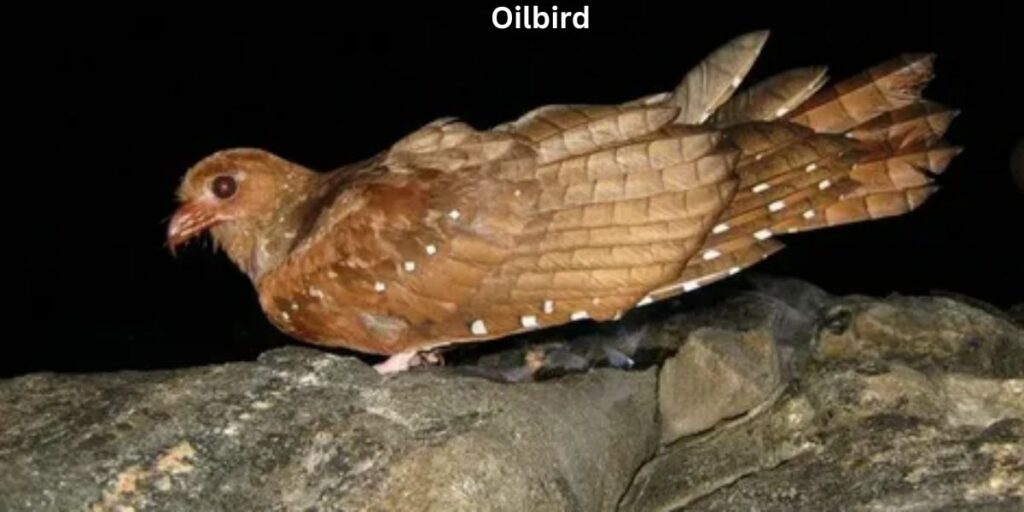
The Oilbird, often dubbed the ugliest bird in existence, captivates with its paradoxical charm. With a wingspan that can reach up to 1.5 feet, this nocturnal avian boasts a plump body covered in shaggy brown feathers that blend seamlessly into its rainforest habitat.
While many might label it one of the ugly birds, its unique adaptations highlight nature’s diverse beauty. These include large eyes adept at low-light navigation and an exceptional ability to echolocate—traits rarely seen in other bird species.
Identifying this fascinating creature requires keen observation; hidden amongst cliffs and caves across northern South America and parts of Trinidad, Oilbirds thrive in lush tropical environments. Their range includes remote areas where they nest communally on sheer cliff faces, offering an intriguing glimpse into their social behavior among the ugliest birds known today.
Capturing their essence goes beyond superficial aesthetics—it’s about appreciating how these so-called ugly bird species possess fascinating life histories and survival strategies that defy conventional perceptions of beauty in the avian world.
8. Southern Cassowary
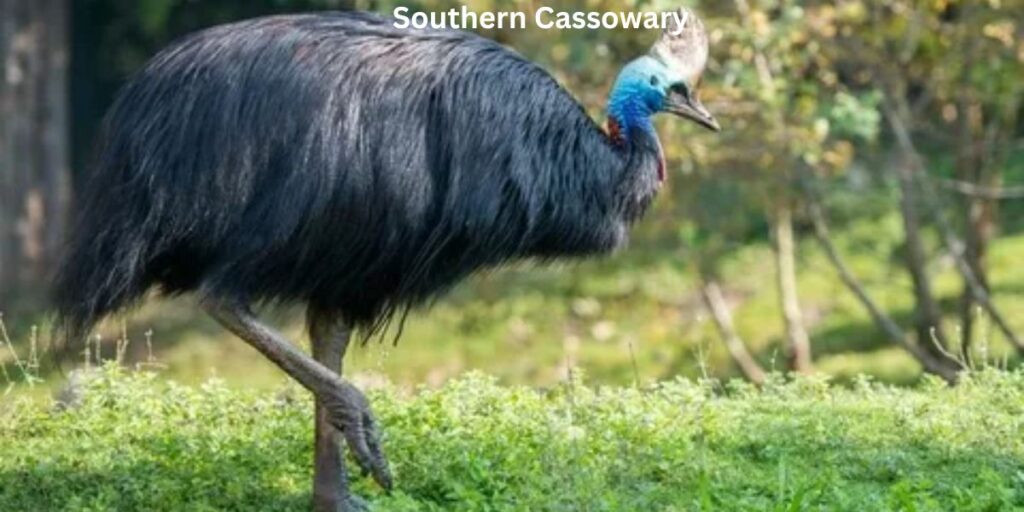
With its large wingspan and a distinctive bald head adorned with a scruffy neck pouch that resembles an oversized scarf, While many might dismiss it as an ugly bird species due to its bizarre features like the bright blue and black plumage combined with a towering casque atop its head—it plays a vital role in its ecosystem.
These large flightless birds can reach up to six feet tall and weigh over 130 pounds, making them one of the heaviest avian species. Their lifespan typically ranges from 40 to 50 years in the wild, but some individuals have been known to live even longer in captivity.
Identifying this stunning yet “ugly bird” involves more than just admiring its unconventional looks. The Southern Cassowary is primarily found in the tropical rainforests of New Guinea, parts of Indonesia, and northeastern Australia, thriving in areas that afford ample fruit sources its primary diet.
Known for their vibrant coloration that contrasts sharply with their awkward frame, cassowaries are thought to be among the ugliest birds yet possess an unmatched elegance when observed moving through their natural habitat.
9. Turkey Vulture

Often dubbed the ugliest bird, the Turkey Vulture may not win any beauty contests, but its unique adaptations make it a fascinating subject for wildlife enthusiasts. Renowned for its bald head and robust wingspan, this oddly appealing creature boasts a remarkable lifespan that can exceed 16 years in the wild. Many consider it one of nature’s efficient recyclers; its scavenging habits play a vital role in maintaining ecological balance, sparking curiosity about these often-misunderstood ugly bird species.
Turkey Vultures have a vast range spanning much of North and South America. They are particularly common in open habitats like fields and forests, where their keen sense of smell helps them locate carrion from miles away.
Contrary to what one might expect from such ugly birds, they possess surprising grace in flight soaring high on thermal currents with minimal effort. The juxtaposition of their striking functionality against their unusual appearance invites us to embrace the beauty hidden within all creatures, regardless of how society labels them as “ugly.” This perspective challenges us to appreciate every aspect of biodiversity, including those we initially perceive as the ugliest birds among us.
10. Kakapo

The Kakapo, often dubbed the ugliest bird in the world, challenges conventional perceptions of beauty in wildlife. With its mossy green plumage and an awkward waddle, this flightless parrot captures intrigue rather than traditional admiration.
Its unique appearance is a testament to evolution’s quirky designs, where survival trumps aesthetics. This “ugly bird species” has adapted remarkably well to its environment, showcasing how even the most unconventional forms can thrive under specific conditions.
Lifespan-wise, Kakapos are remarkable; they can live up to 90 years or more in captivity, marking them among the longest-lived birds globally. Their prolonged lifespan allows for rich social interactions and complex mating behaviors that contribute to maintaining genetic diversity within their dwindling populations.
Typically found only on New Zealand’s secluded islands due to habitat loss and introduced predators, these incredible creatures have become symbols of conservation efforts. Embracing their unusual beauty encourages us not only to appreciate ugly birds, but also highlights our responsibility to protect such extraordinary species teetering on the brink of extinction.
Why are these birds unique?
The term ugliest bird often sparks a blend of fascination and humor, but what makes these creatures truly unique goes far beyond their unconventional looks. For example, the marabou stork, often ridiculed for its bare head and mismatched feathers, plays an essential role in its ecosystem by scavenging waste. In many ways, these so-called ugly birds are nature’s cleanup crew, thriving where others struggle and serving as indicators of environmental health. Their adaptations showcase resilience; they embody surviva.
Final thought:
The world of avian life is as diverse as it is fascinating, with beauty found in the most unexpected places. The ten birds featured in this article challenge our conventional notions of attractiveness, showcasing that nature’s designs are often unconventional yet captivating in their own right. From the bizarre facial structures of the Shoebill to the quirky appearance of the Kakapo, each bird tells a unique story about adaptation and survival. Embracing these ugly birds encourages us to appreciate all aspects of wildlife and recognize that every creature plays a vital role in our ecosystem. So next time you encounter an unusual-looking bird, take a moment to admire its distinct charm and remember that beauty truly lies in the eye of the beholder!
FAQs: Top Ugliest Birds In The World
What is the fastest bird?
The fastest bird in the world is the peregrine falcon, which can reach speeds of over 240 mph (386 km/h) during its hunting stoop.
What is the cutest bird to own?
The budgerigar (budgie) is often considered one of the cutest birds to own, thanks to its playful personality and vibrant colors.
What is the happiest bird in the world?
The Quokka, often called the happiest animal, is frequently associated with happiness due to its friendly demeanor and perpetual smile.
Which is the biggest bird?
The ostrich holds the title of the biggest bird in the world, reaching heights of up to 9 feet and weighing between 220 to 350 pounds.

